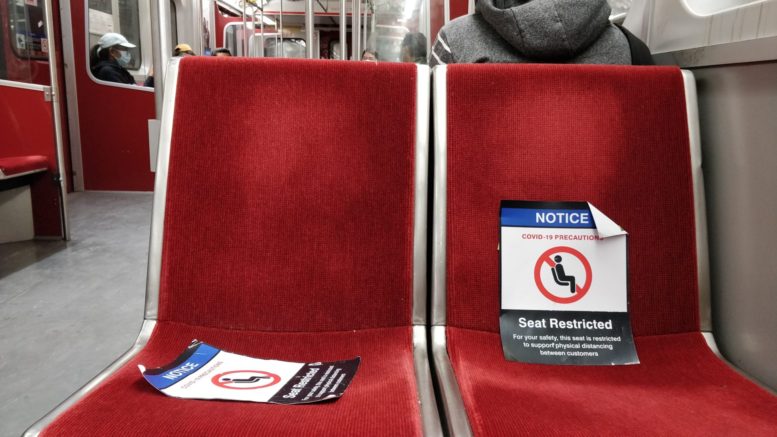The provincial government has established its revamped second wave plan. However many experts believe with Ontario’s COVID-19 rapid increase the help has come too late and with not enough impact to reduce the case numbers
COVID-19 cases in Ontario have hit a rapid increase over several weeks. A surge in cases has forced a scrambling Ford government to react with new guidelines and restrictions for individual regions.
Even with the new guidelines in place, experts say that they have come too little too late as Ontario faces more than 1,500 new cases, a province record.
But the spike may not have appeared as gradually as the sudden change in the lockdown system suggests. The trend of rising case numbers goes back as far as September. This second wave has been looming across the province for some time.
Case numbers showed clear signs of spiking after several weekends of good weather showed large case number jumps. An upward trend that made the Ontario Medical Association put out a statement to remind Ontario residents about the need for social distance this Thanksgiving weekend. That very weekend Ontario was reporting over 1,500 cases in a rising trend that was not controlled as well as many believe it could have been.
The province’s slow response time to COVID trends have hit small businesses hard. Premier Doug Ford has acknowledged their plea for support noting that “his heart breaks for small business owners” a sentiment not felt by them in turn.
Lesley-Ann Mohan, owner of NU Med Clinic and MediSpa, says many other small business owners feel unfairly targeted by closers and limits compared to other spaces of large gatherings.
“Giving us the same structure rules of every other business doesn’t make sense to me,” Mohan says. “If I can go to a restaurant, and take off my mask … with a whole bunch of strangers around ,that seems risker than me, coming to a private room. It’s one on one, it’s a controlled environment, and the technicians still keep their masks on the entire time to really make sense why restaurants have certain guards have the right to be open.”
Ryan Imgrund, a biostatican and high school teacher, has been tracking the second climb in COVID cases. He sees universities and schools playing key roles in spreading cases..
Universities’ lack of preparation for travel during reading week, and not scheduling these breaks within the same week, is forcing students to travel back home multiple times, possibly bringing COVID and asymptomatic infections to other regions, Imgrund says.
“Some of the universities stuck in reading weeks that were not around Thanksgiving time. And their argument was ‘Well, look, we didn’t have enough time to inform our staff when we only knew since April that we had to change our reading week.’ Well, this is a pandemic.”
Imgrund cites places such as school and other large gathering sites that remained open having major impacts on the climbing case numbers despite the modified Stage 2 lockdown that saw the temporary closure of theatres gyms and dine in restaurants for the second time.
The 28-day period of modified Stage 2 restrictions was reinstated in Ontario. However, this has not been followed by a decrease in cases so far.
Imgrund believes with Christmas quickly approaching, problems with university students will be an even bigger issue.
The main concern with university students, according to Imgrund, is the trips they will make out of cities with higher cases to regions that aren’t as affected and have far fewer restrictions.
This impacted further with Ontario’s new colour-coded system the 5 levels of public health measures. Toronto was reported to have 456 cases with Peel almost breaking 500.

These updated threat levels that the Ontario government has released are not up to the previous lockdown guidelines, according to Imgrund.
Toronto currently sits in the red or “control” level of measurements after moving from orange. According to Ontario Public health this level means
- Further restrictions on gathering sizes for both indoor and outdoor events.
- Reduced capacity of religious gatherings including service, weddings and funerals.
- 10 people indoors
- 25 people outdoors
- Religious services, weddings and funerals:
- 30% capacity indoors
- 100 people outdoors
- Requirement for workplace screening
- Face coverings required in:
- indoor workplaces
- indoor public spaces, with limited exemptions
Currently, Toronto and Peel region will enter a grey “lockdown” scenario as of Monday. This would be similar to the original lockdown that caused a state of emergency earlier in 2020.
The earliest expected day the lockdown would be lifted is Dec. 21.
Related Articles:






